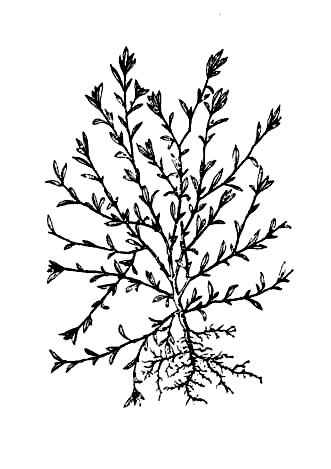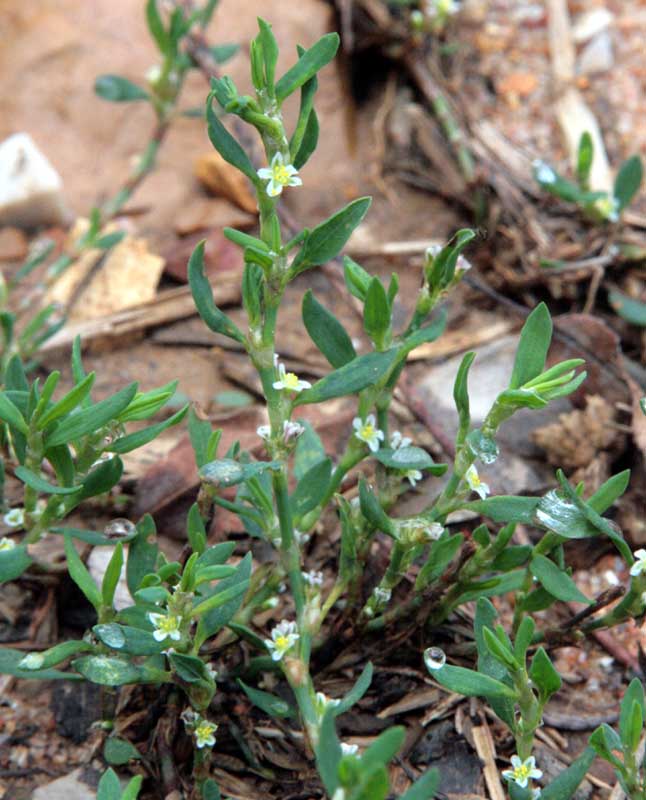- Urinary discomfort due to Damp Heat
in the lower Burner or urinary tract stones, with
Dianthus
superbus- Qu mai and
Plantago asiatica-
Che qian zi.
[4]
- As an external wash for genital itching due to Damp Heat in the lower Burner,
with
Bassia scoparia- Di fu zi.
[4]
- Pinworm, wtih
Torreya grandis- Fei zi,
Stemona tuberosa- Bai bu and
Areca
catechu- Bing lang.
[4]
[1] Barefoot Doctor's Manual- 1977 Prepared by the Revolutionary Health Committee
of Hunan Province. Original Chinese manual- Victor W. Sidel. Originally published
by Dr Joseph Quin and the Fogarty International centre, Bethdesda (1974). Madrona
Publishers Seattle Washington ISBN 0-914842-52-8
[2] A Complete English Dictionary of Medicinal Terms in Chinese Acupuncture and
Herbalism 1981- Henry Lu Chinese Foundations of Natural Health- The Academy of
Oriental Heritage, Vancouver, Canada.
[3] Translation notes from Gary Seiford and Hocu Huhn- NSW College of Natural
Therapies. Sydney Australia (1982).
[4] Chinese Herbal Medicine Materia Medica- Dan Bensky and Andrew Gamble- Eastland
Press 1986 Seattle Washington ISBN 0-939616-15-7
Images
1.
en.wikipedia.org
by Dalgial CC BY-SA 3.0
2.
old.tcmwiki.com
3.
[1]
4.
herbarium.utk.edu Avicularin, quercitrin, d-catechol, gallic
acid, caffeic acid, oxalic acid, silicic acid, chlorogenic acid, p-coumaric
acid, glucose, fructose.[1]
Tannins, including catechin and gallic acid.[2]
Flavonoids, mainly glycosides based on quercetin.[2]
Polyphenolic acids; caffeic and chlorogenic acids.[2]
Silicic acid, sugars, mucilage.[2]
References
[1] Chinese Herbal Medicine Materia Medica- Dan Bensky and Andrew Gamble- Eastland
Press 1986 Seattle Washington ISBN 0-939616-15-7
[2] Drogenkunde, 8th Ed. Heinz, A., Hoppe. Pub. W. de Gruyter (1975) Berlin
 HABITAT:
HABITAT:
 HABITAT:
Grows wild along roadsides, fields and waste places.
HABITAT:
Grows wild along roadsides, fields and waste places.